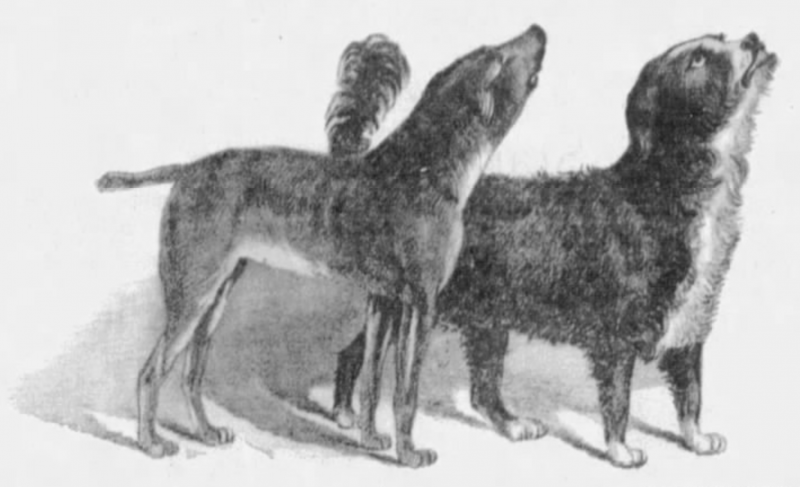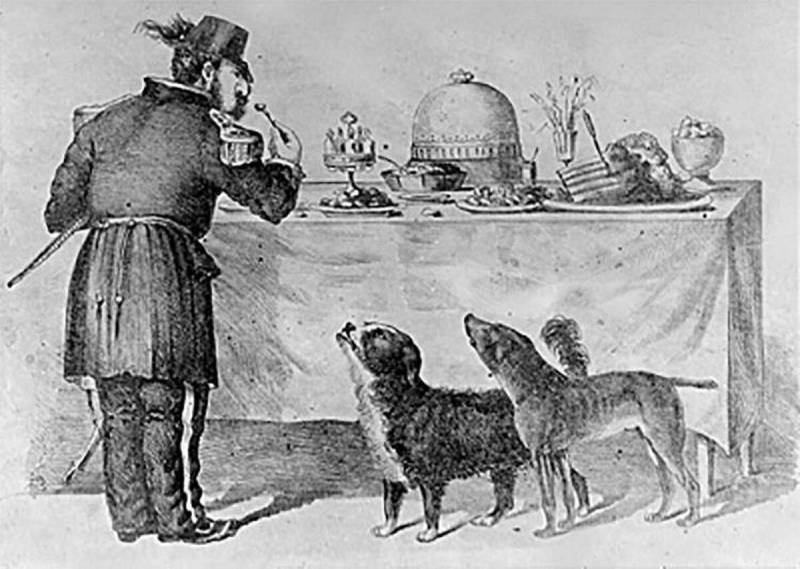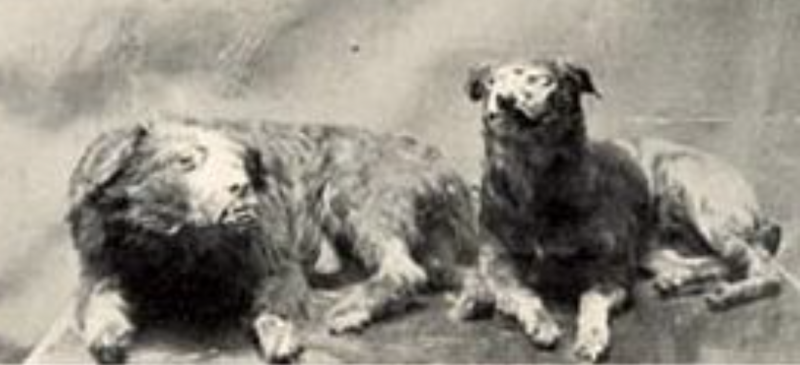G
old Rush San Francisco had a stray dog problem. Teams of snarling, scrapping mutts roamed the city untethered and reproducing faster than humans could handle. The dogs were as determined to survive as the locals who fed them scraps when there was meat to share. But they were an often-troublesome addition to city streets that were already wild by anyone’s standards. In April 1860, the Daily Alta California reported: “We never knew a city in America so used with the canine nuisance as San Francisco. Sometimes at night, their howling is enough to drive one distracted.”
Two years after that report, the city took brutal measures to prevent the dog population from getting any larger. An ordinance was passed by the Board of Supervisors (est. 1856) that banned canines anywhere north of Ninth Street and east of Larkin. Dogs that had neither leash nor muzzle could be shot on sight by police officers, or else locked up in the pound by the local dogcatcher. The impounded pups were released only when a human companion forked over $5 (roughly $142 in 2022 money). Most were killed. The dogs that outsmarted the catcher weren’t much better off—their human neighbors were not averse to leaving poisoned meat scraps on the street to fell their numbers.
It was a dark time for the dogs of San Francisco—well, most of them anyway. By some miracle, out of the anti-canine maelstrom emerged a puppy pair that the city actually wanted to root for: Bummer and Lazarus.




